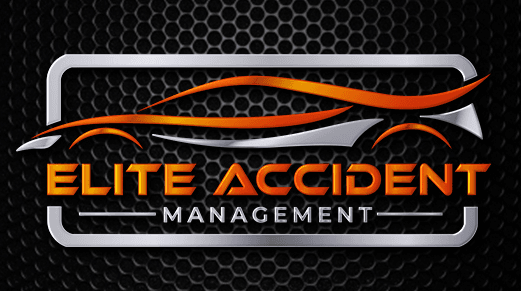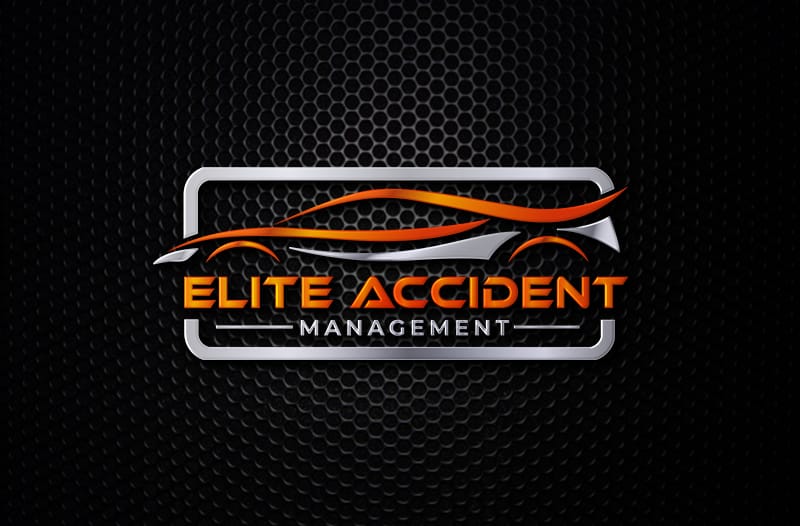What to do after a car accident
It’s uncommon for people to know the exact steps to take after a car accident, particularly when it wasn’t their fault. Taking the right actions is crucial for ensuring everyone’s safety and for successfully processing a non-fault claim later on.
Here’s what you should do immediately after an accident?
Here’s how to exchange information at the scene of the accident?

Here’s how to arrange for roadside accident recovery:
Here’s a guide on who to contact first after an accident?
We'll show you the way.
step-by-step
If you’ve been involved in a road traffic accident that wasn’t your fault, follow these steps to ensure your safety and protect your rights.
Step 1
Directly after the incident, you should
Step 2
When contacting emergency services after an accident
Step 3
When exchanging details with the other driver after an accident
Step 4
Here’s a comprehensive list of information
Step 5
guide for arranging recovery at the roadside
Step 6
Ensure Safety and Document the Scene
If you need assistance regarding a non-fault accident, please contact us at 0778 612 8786
- Alternatively, you can begin your non-fault
- claim online with us here
Elite Accident Management nomous. Dependable. Advocating for you.
Contact us first after experiencing a non-fault accident.
Advantages of choosing us over your insurer:
- No upfront policy excess
- An equivalent replacement vehicle
- Assigned claims specialist
- Preservation of your no claims bonus
- BSI Kitemark-certified repair network
Compare this with your insurer >
Step 1
Immediate steps to take
following the car accident
Stop the vehicle and turn off the engine
Your initial action should be to safely bring the vehicle to a stop, if it's not already stationary. Ensure to turn off the engine.
Check for any injuries
Assess yourself, your passengers, and others involved for any injuries. Contact emergency services if anyone is injured.
Remain composed
At this juncture, emotions may be heightened. Take a moment to stay composed.
Avoid apologizing or admitting fault
Even a polite gesture can sometimes be misconstrued as an admission of fault. Be courteous but refrain from apologizing or admitting fault.
Understanding the appropriate time to
time to law enforcement
It's advisable that regardless of the situation, law enforcement is informed of a car accident collision.
A common misconception when people are unsure about what to do after a car accident is determining how and when to involve the police.
The need to involve law enforcement immediately or after leaving the scene of the collision depends on the specific circumstances of the situation.
When to dial emergency services
In specific circumstances following a non-fault accident, contacting emergency services may be necessary. These include:
When 999 is unnecessary
If 999 isn't needed after the collision, the recommended action is to inform your local police station within 24 hours. You can do this by:
Exchanging information at the
scene of the accident
Once the initial shock has settled and everyone is secure, it is a legal obligation for both drivers to exchange information. This is critical for a successful non-fault claim. These details must encompass the following:
Exchanging drivers' information
Passenger and witness information
It's not always sufficient to exchange details solely with the other driver. Make sure to exchange all information with any passengers—both from your own vehicle and crucially from the third-party vehicle. Witnesses are crucial to building your claim after leaving the accident scene. If there's a witness present, be sure to gather their full details.
Step 4
Obtaining roadside
accident recovery
Details of third-party vehicles
Record all details of third-party vehicles involved, such as the make, model, color, year, and registration plate.
Note the exact time and date of the accident.
It's crucial to record the exact time and date of the accident, as well as any specific timing of events leading up to the incident.
Details of third-party vehicles
Record all details of third-party vehicles involved, such as the make, model, color, year, and registration plate.
Document all injuries, no matter how minor.
If anyone is injured, be sure to document this. Additionally, if there are no injuries, make a note of that as well.
Take photos of the accident scene.
Besides documenting the vehicles, capture photographs and videos of the accident scene and the surrounding area.
Record complete statements from witnesses.
Request witnesses to provide a detailed report of the incident. Have them sign and date the report and collect their contact information.
Capture photographs of the surrounding conditions at the scene.
Make sure to thoroughly capture the driving conditions, including lighting, surface quality, and weather.
Create a sketch depicting the circumstances.
If feasible, create a visual diagram illustrating how the accident occurred. Discuss this with the other driver and request their signature.
Create a video commentary detailing the incident.
Creating a "commentary video" where you walk around and explain what happened while the details are fresh in your mind is an excellent idea.
Utilize CCTV cameras or dashcams to record the incident.
Survey the area for buildings equipped with CCTV cameras. Inquire about other vehicles that might have witnessed the accident and have dashcam footage available.
Arranging for roadside
accident recovery.
After a car accident, it’s crucial to assess for visible damage that may indicate the need for recovery. However, sometimes damage isn’t immediately obvious.
Operating an unsafe vehicle is not only hazardous but also illegal in the UK. If you’re uncertain about the car’s roadworthiness, avoid driving it to prevent additional risks or legal issues. When contemplating accident recovery, here are the key considerations:
Is my vehicle in need of recovery?
The first step in deciding whether recovery is necessary is to ensure your vehicle passes a 'roadworthy vehicle check.'
Whom should I reach out to for assistance with vehicle recovery?
Avoid contacting your insurance provider or paying for private recovery services. Instead, consider working with an accident management company at no cost to you.
Initiating a non-fault claim
following the accident
Many people instinctively contact their insurance after an accident, either to file a claim or seek guidance, since most insurers have specific lines for this purpose.
Yet, if you’re not responsible for the accident, going through your insurer directly could potentially put you at a disadvantage. Accident management companies provide a valuable alternative by managing claims independently, ensuring that non-fault drivers receive their entitled compensation with minimal disruption.
Whom should you contact initially?
If you're not responsible for the accident, there's a preferable option. However, the decision of whom to contact first is crucial to ensure your eligibility.
Initiating the non-fault claimInitiating the non-fault claim
Partnering with someone who understands the steps to take after a car accident is crucial. Your assigned claims handler will commence the claim process on your behalf.
Claims Workflow
Understand the next steps after a car accident and navigate the non-fault claims process effortlessly with Elite Accident Management.
Initiate Your Non-Fault Claim Today
Begin a seamless journey with our expert assistance. We’ll guide you through the intricacies, ensuring a straightforward and swift resolution.

